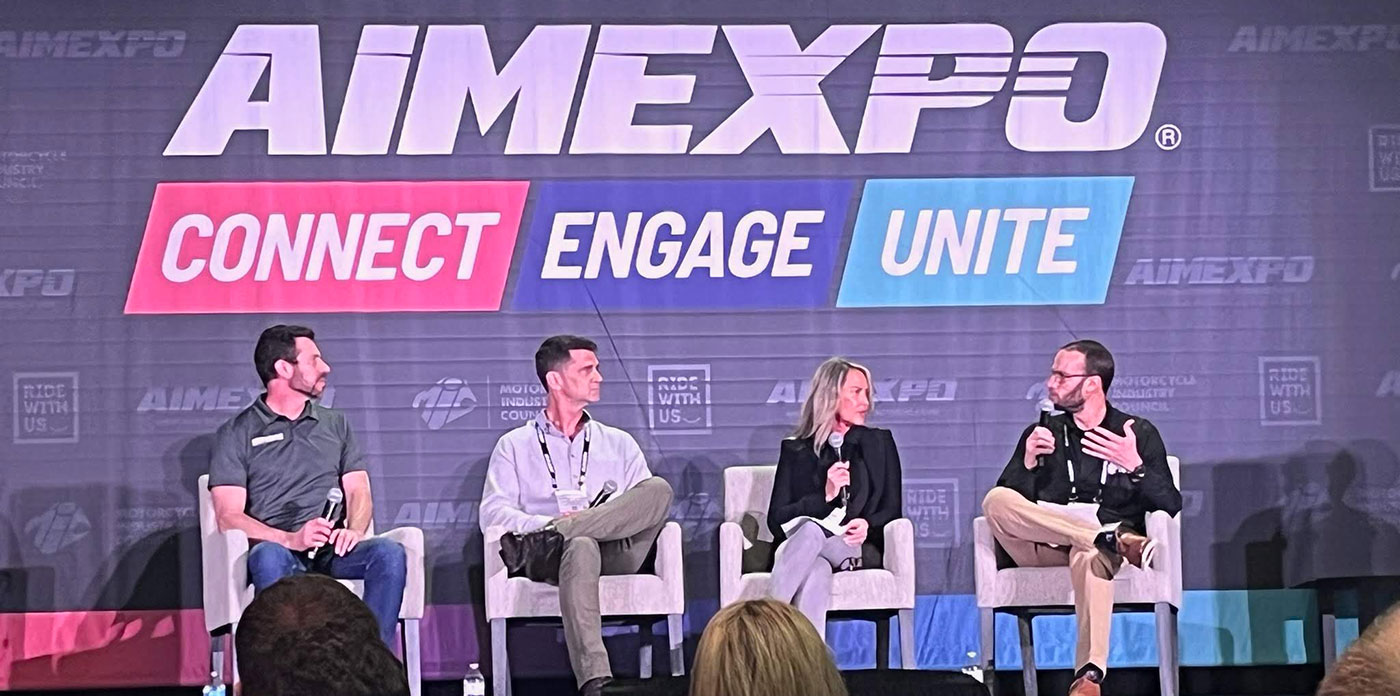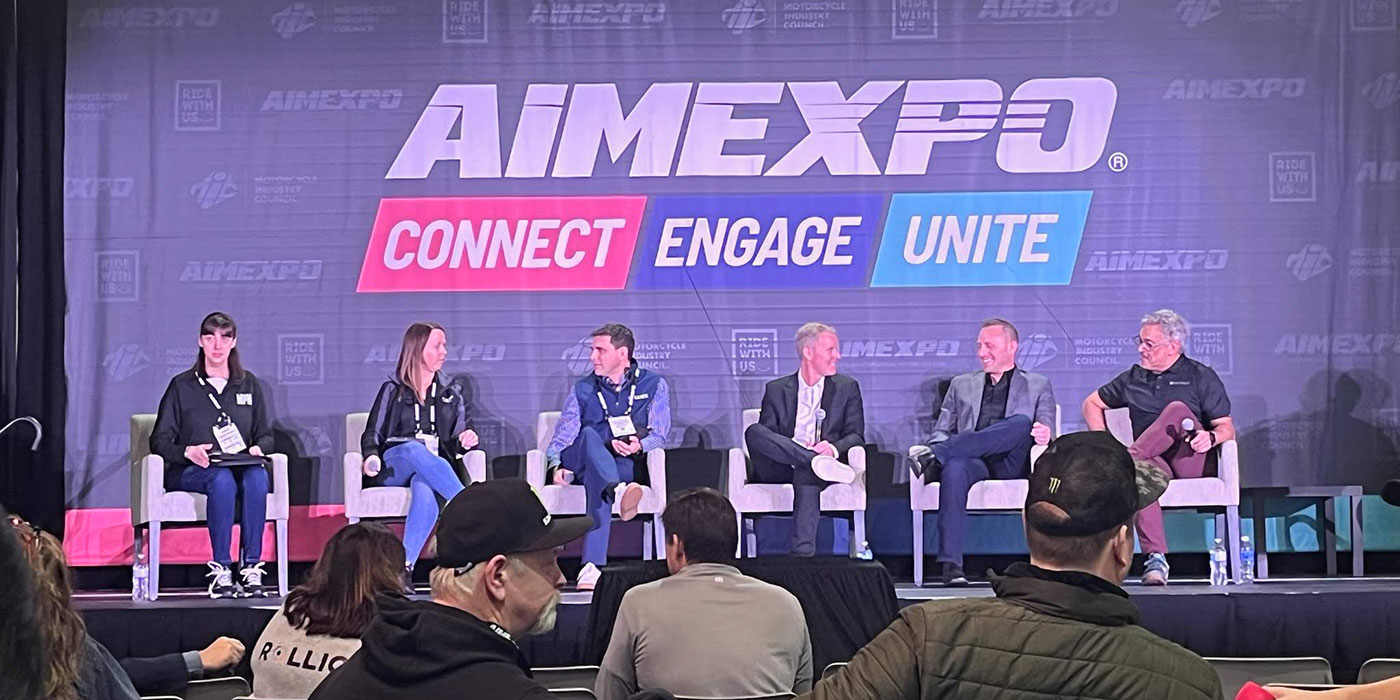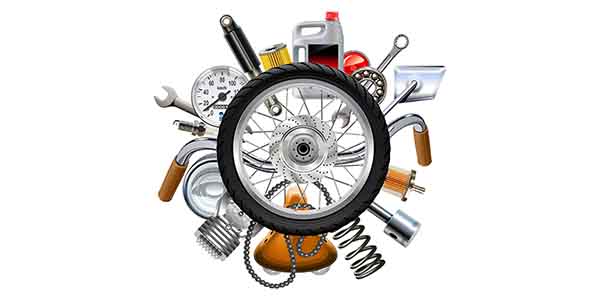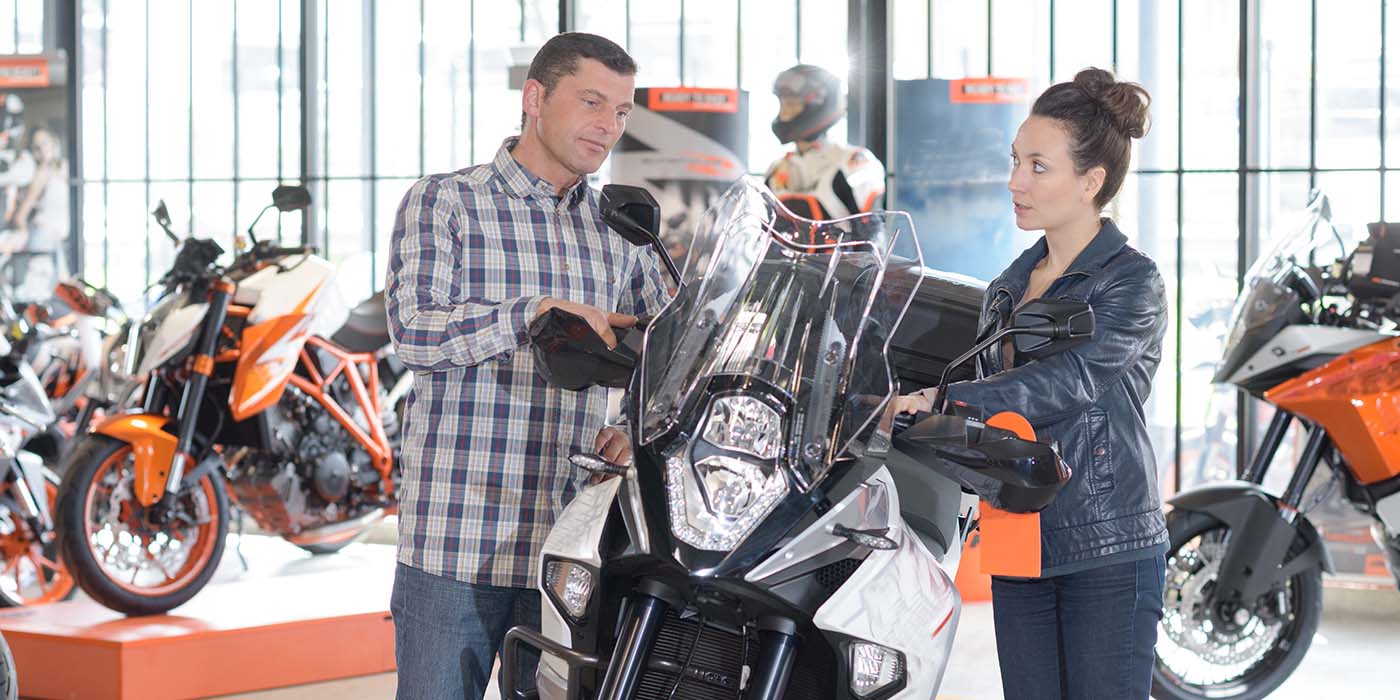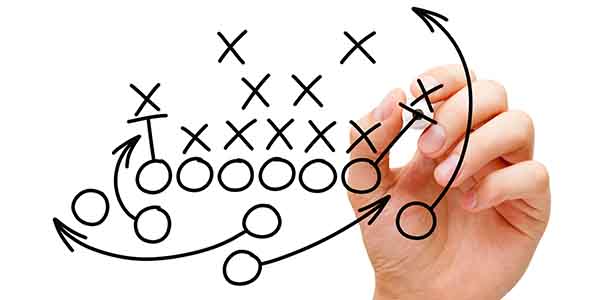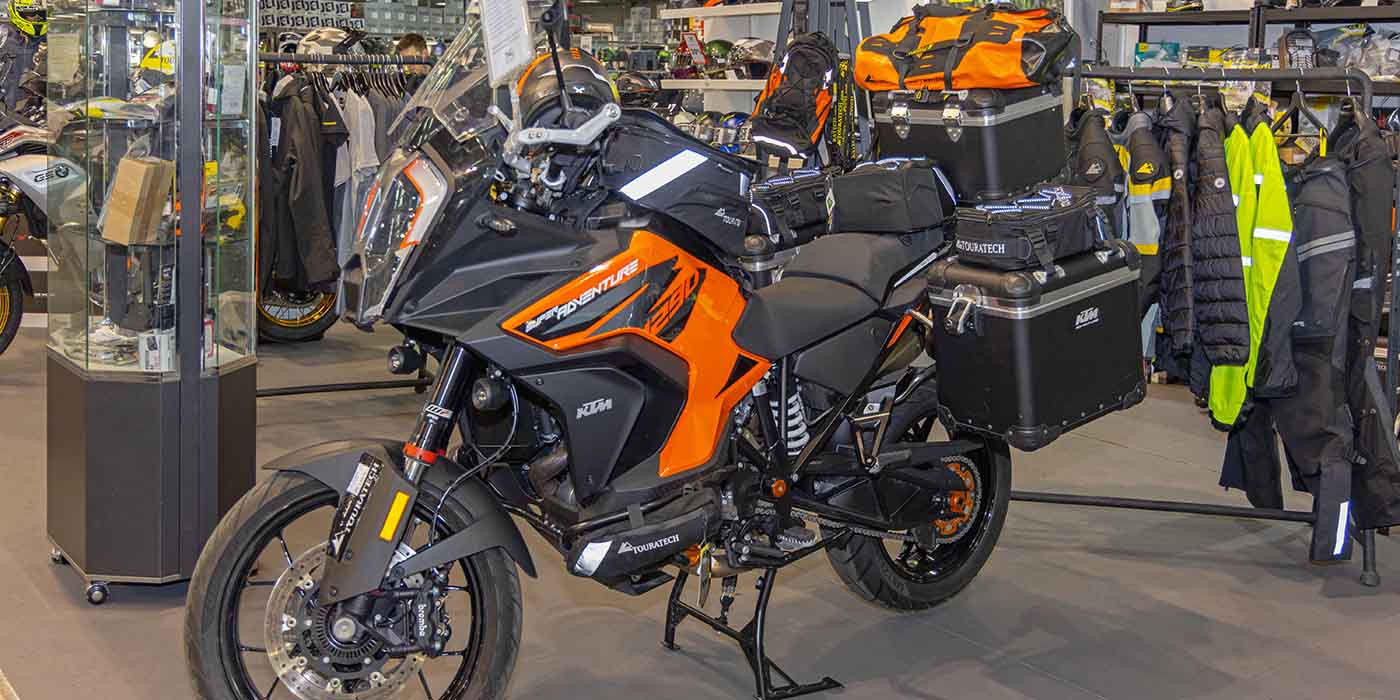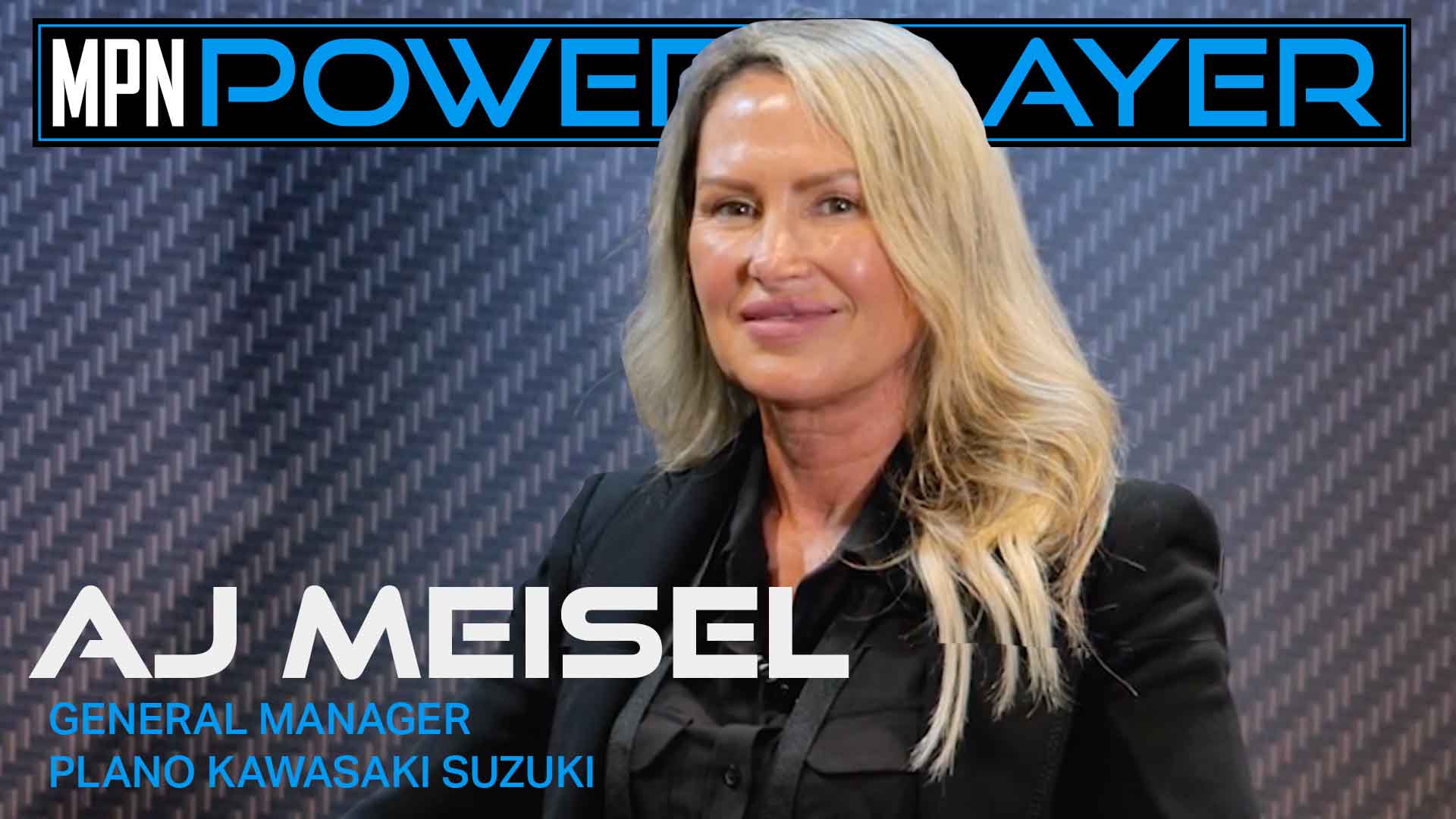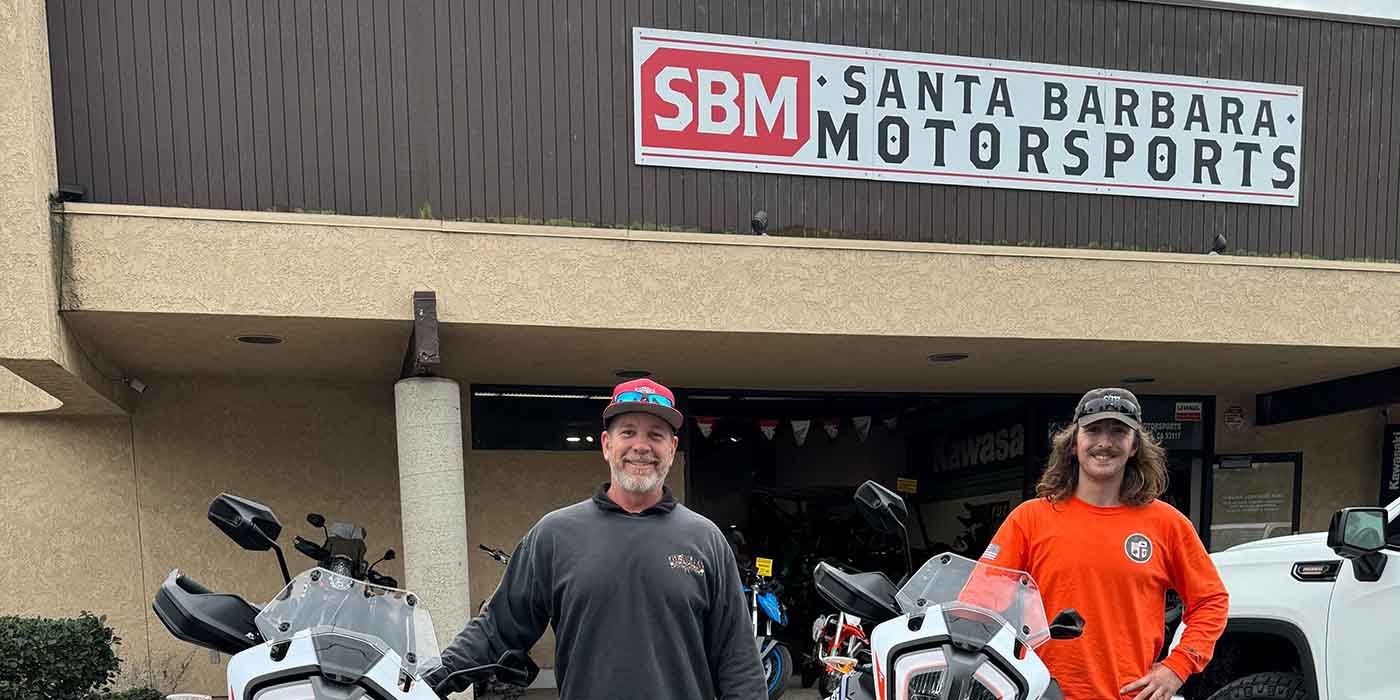At GSA we track benchmarks through our involvement with dealer groups, such as the Best Operators Club. Some of the members have kindly consented to let us share their numbers from our real-time, web-based data reporting system.
This month we will look at the overall performance of this group for the year 2008. We’ll do this by looking at data from key areas and comparing the members’ performance to benchmarks. While this is not necessarily a look at the industry as a whole, I think it is representative of what went on. Look at this data and compare it to what your dealership did last year. Eighteen dealers in this group provided complete data for 2008.
The first indicator I looked at was the total store gross profit. This group says if your dealership isn’t approaching their benchmark of 25 percent, it is extremely hard to make a profit. Gross profit pays the bills. The top of the BOC (TBOC) was right on target with 24.7 percent. I was happy to see that fully one-half of the dealers were at or above the benchmark. The best total store gross profit was an outstanding 29 percent.
Next I examined the bottom line — the total store net operating profit. The benchmark that the group had set for this was 7 percent. TBOC was only at 4 percent. Two dealers were actually at or above the benchmark, while two dealers had negative numbers. I was surprised that I did not see more dealers with negative numbers. It says something about their business management skills. The highest in the group was an exceptional 12 percent. How would it be to have a 12 percent net operating profit during a rough year? I’m sure many of you would do cartwheels. This particular dealer does it year after year, regardless of the economy.
The new motorcycle gross profit benchmark was 17 percent. TBOC came in with 14 percent, despite year-end inventory reductions. Trained and skilled salespeople can sell without resorting just to price. Three dealers were at or above the benchmark. The highest margin noted was 18 percent. How many of you are averaging an 18 percent new motorcycle profit margin? Yes, these are metric dealers.
The pre-owned motorcycle gross profit benchmark was 18 percent. TBOC was an excellent 19 percent. Eight dealers were at or above the benchmark and the highest margin was 26 percent. If you aren’t pursuing this market, you need to be.
The F&I gross profit per vehicle sold (not just financed) benchmark is set at $500. TBOC was showing $400. Three dealers were over the $500 mark, with the best at $570. Well-trained F&I staff should be able to beat these numbers.
The P&A gross profit per vehicle sold benchmark is $540 and TBOC was showing $710! Fourteen dealers were over benchmark with the best up in the ozone at $1,040. This is where the money is being made to support the gross profit and pay the overhead.
The parts margin benchmark is 39 percent, and TBOC was at 36 percent. Four dealers were at or above the benchmark; one was holding a 40 percent margin.
The accessories margin benchmark and TBOC were both at 34 percent. Ten dealers were at or above the benchmark, with one at 38 percent.
The service labor margin benchmark is 70 percent, and TBOC was at 74 percent. There were 10 dealers at or above the benchmark, with the highest at 88 percent. You must have close to a 70 percent gross profit in service to pay the bills. (labor revenue – technician compensation = gross profit.)
Even showing these good numbers, the members are struggling with service profitability. The service net profit per RO benchmark is $50, while TBOC was a poor $2. No dealers were at the benchmark, only two are even close, with the highest at $45. Six were in negative numbers.
I hope these numbers prove useful to you. I know if we had these road signs to follow when I worked in dealerships, life would have been much better. It’s hard to get to a destination when you don’t know where you are trying to go.


